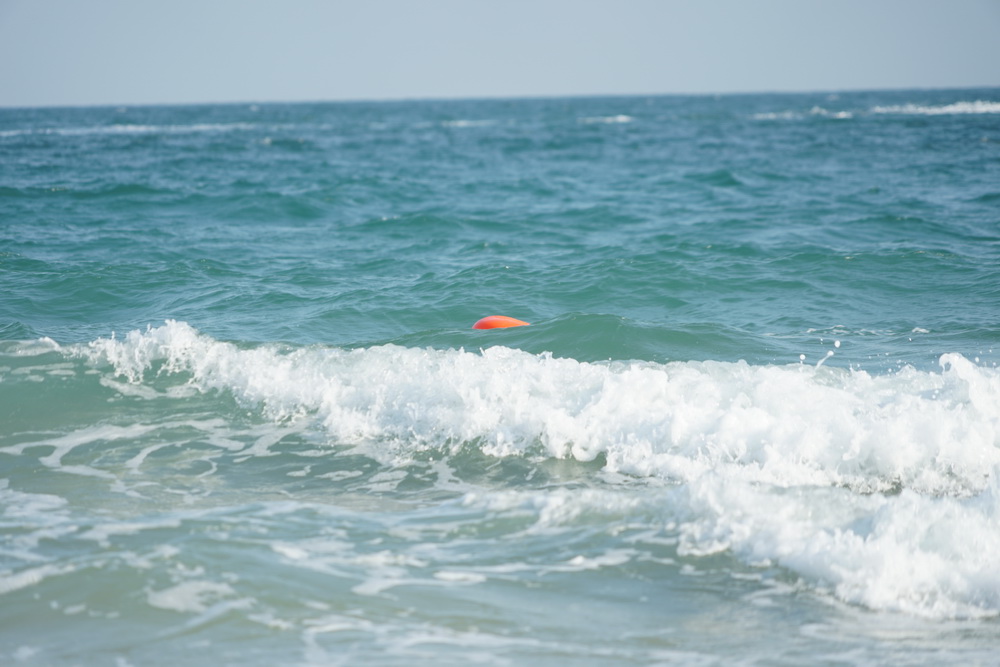With the arrival of summer, community water activities such as swimming, kayaking, and dragon boat races are increasing, enriching residents' lives while also introducing potential safety hazards. Traditional lifesaving equipment like life rings and rescue poles, though effective, demand high physical fitness and swimming skills from rescuers and often respond slowly in complex water conditions. In contrast, the emerging "water rescue wing" is gradually becoming a crucial component of community emergency response systems. So, how can water rescue wings enhance safety in community water activities? This article explores this question from multiple perspectives.
Water Rescue Wings Improve Emergency Response Speed


 .
.

In drowning incidents, the golden rescue window is only 4 to 6 minutes. Traditional manual rescues are often delayed due to distance, currents, or rescuer fatigue. Water rescue wings operate via remote control, allowing rescuers to quickly deploy the device from shore or a safe area. The average response time can be reduced to under one minute. With high-speed navigation capabilities (typically 8–12 km/h), they can rapidly reach victims in open waters, significantly improving rescue efficiency.
Water Rescue Wings Enhance Adaptability in Complex Environments
Community water bodies vary—lakes, rivers, and reservoirs—often accompanied by waves, undercurrents, or obstacles. Standard life rings can be swept away by currents or difficult to place accurately. In contrast, water rescue wings offer excellent stability and resistance to waves. Their U-shaped design makes it easy for victims to hold on, and high-end models may include GPS positioning, automatic return, and anti-collision systems, enabling operations at night or in low visibility. This greatly increases rescue success rates in challenging conditions.
Water Rescue Wings Reduce Rescuer Risk
Traditional rescue methods require lifeguards to enter the water, risking drowning or entanglement with panicked victims. Water rescue wings enable "non-contact" rescues, allowing rescuers to save lives without entering the water, thus effectively protecting their own safety. Especially when dealing with struggling victims, remote operation avoids direct physical contact, reducing the likelihood of secondary accidents.
Water Rescue Wings Promote Smart Community Security
Integrating water rescue wings into smart community security systems enables coordination with surveillance cameras, drones, and public address systems. Upon detecting an emergency, the command center can instantly deploy the rescue wing and monitor the operation in real time via remote cameras. Some models also feature voice announcement functions to calm victims. This intelligent, integrated rescue approach not only enhances overall community emergency capabilities but also boosts residents' sense of security and satisfaction.
Water Rescue Wings Advance Public Safety Education
Communities can organize demonstration and hands-on events featuring water rescue wings to educate residents—especially youth—about water safety. The visual impact of this technology effectively raises awareness of drowning risks and teaches proper self-rescue and mutual assistance techniques. Some devices support training modes, allowing volunteers to practice in simulated environments and cultivate a core team of community emergency responders.
Conclusion
In summary, water rescue wings are not just advanced rescue tools but also key technological supports for enhancing safety during community water activities. Their rapid response, high adaptability, low risk, and smart features make them an ideal choice for modern community water safety management. As technology advances and costs decrease, water rescue wings are expected to become more widely adopted across communities, building a strong defense for residents' lives.




















 Current Position:
Current Position:












